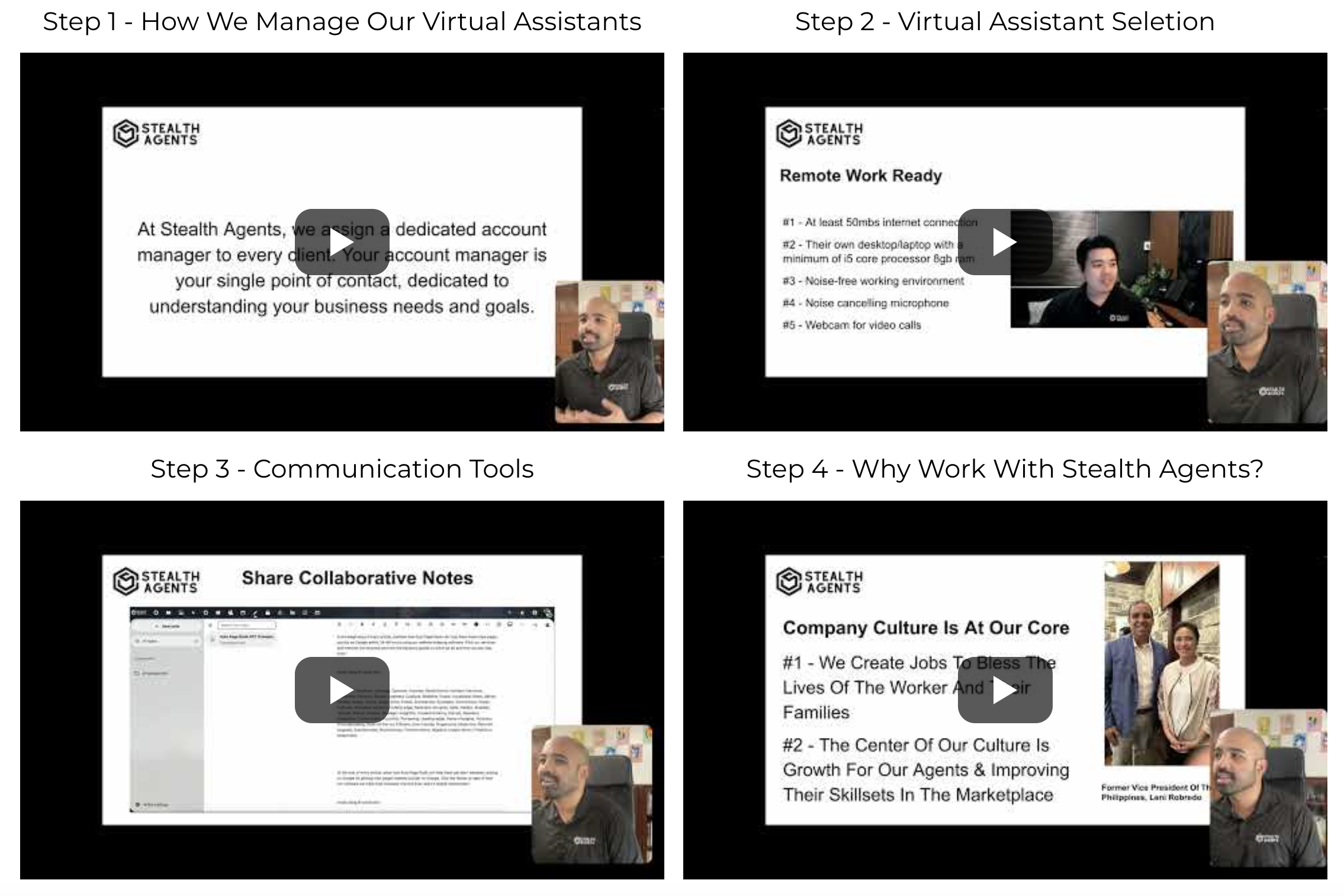The world of business is constantly evolving, and with the rise of online platforms, it has become more crucial for businesses to utilize data and analytics effectively.
In today’s market, having a strong online presence is essential for success, making it vital for businesses to understand their online performance through analytics.
Online business analytics provide valuable insights into customer behavior, website traffic, and overall online performance. With these insights, businesses can make informed decisions on marketing strategies, product offerings, and customer engagement. It allows businesses to track their progress, identify areas for improvement, and stay competitive in their industry. Additionally, having a thorough understanding of online analytics can help companies save time and resources by targeting the right audience and optimizing their online presence for maximum impact. In this fast-paced digital world, having a solid grasp of online business analytics is essential for any business to thrive. So, let us dive deeper into the essentials of online business analytics and how it can benefit your company’s growth and success.
-
Business Analytics (BA): The process of collecting, storing, and analyzing data to help business users make better decisions.
-
Data Mining: The practice of examining large databases to generate new information and find patterns.
-
Big Data: Extremely large data sets that may be analyzed computationally to reveal patterns, trends, and associations.
-
Predictive Analytics: The use of data, statistical algorithms, and machine learning techniques to identify the likelihood of future outcomes based on historical data.
-
Descriptive Analytics: The process of using data to understand past and present business performance and make informed decisions.
-
Prescriptive Analytics: Analytics that use optimization and simulation algorithms to advise on possible outcomes and answer ‘what should we do?’
-
KPI (Key Performance Indicator): A measurable value that demonstrates how effectively a company is achieving key business objectives.
-
Data Visualization: The graphical representation of information and data to provide an accessible way to see and understand trends, outliers, and patterns.
-
Dashboard: A visual display of the most important information needed to achieve one or more objectives consolidated and arranged on a single screen.
-
Data Warehousing: A system used for reporting and data analysis, and is considered a core component of business intelligence.
-
Machine Learning: A type of artificial intelligence that allows software applications to become more accurate at predicting outcomes without being explicitly programmed to do so.
-
Data Analytics: The process of analyzing raw data to find trends and answer questions.
-
Segmentation: The process of dividing a broad consumer or business market into sub-groups based on some type of shared characteristics.
-
Conversion Rate: The percentage of visitors who take a desired action on a website.
-
Click-Through Rate (CTR): The ratio of users who click on a specific link to the number of total users who view a page, email, or advertisement.
-
A/B Testing: A randomized experiment with two variants, A and B, which are the control and treatment in the controlled experiment.
-
Heat Maps: Graphical representations of data where individual values contained in a matrix are represented as colors.
-
Customer Lifetime Value (CLV): A prediction of the net profit attributed to the entire future relationship with a customer.
-
Churn Rate: The rate at which customers stop doing business with an entity.
-
Web Analytics: The measurement, collection, analysis, and reporting of web data for purposes of understanding and optimizing web usage.
-
SEO (Search Engine Optimization): The practice of increasing the quantity and quality of traffic to your website through organic search engine results.
-
Cost Per Click (CPC): A method used by websites to bill based on the number of times a visitor clicks on an advertisement.
-
Return on Investment (ROI): A performance measure used to evaluate the efficiency of an investment.
-
Bounce Rate: The percentage of visitors who navigate away from the site after viewing only one page.
-
Customer Acquisition Cost (CAC): The cost associated in convincing a customer to buy a product/service.
-
Social Media Analytics: The practice of gathering data from social media websites and analyzing that data using social media analytics tools to make business decisions.
-
Engagement Rate: A metric that measures the level of engagement that a piece of created content is receiving from an audience.
-
Funnel Analysis: A method for understanding the flow and conversion rates of potential customers through a website.
-
Sentiment Analysis: The process of computationally identifying and categorizing opinions expressed in a piece of text.
-
Data-driven Decision Making: Making decisions that are backed up by hard data rather than making decisions that are intuitive or based on observation alone.
Conclusion
In conclusion, understanding and utilizing online business analytics is crucial for businesses looking to stay ahead in today’s digital landscape. From tracking customer behavior to making data-driven decisions, online analytics provides valuable insights for businesses of all sizes. By incorporating these essentials into your online business strategy, you can effectively measure your performance and make informed decisions that lead to growth and success. So, don’t overlook the importance of online business analytics and start implementing it into your business strategies today.










